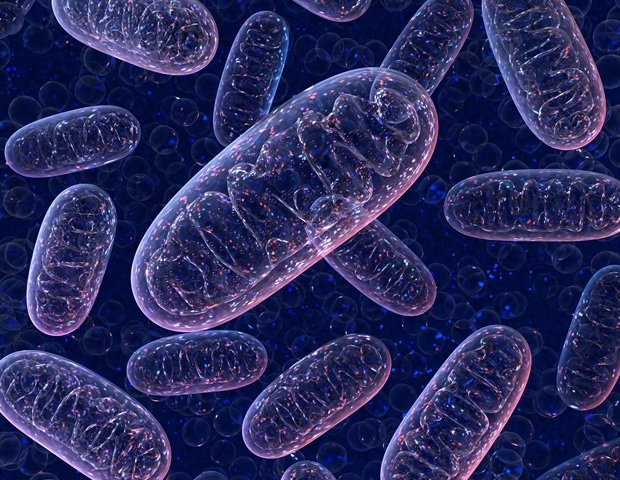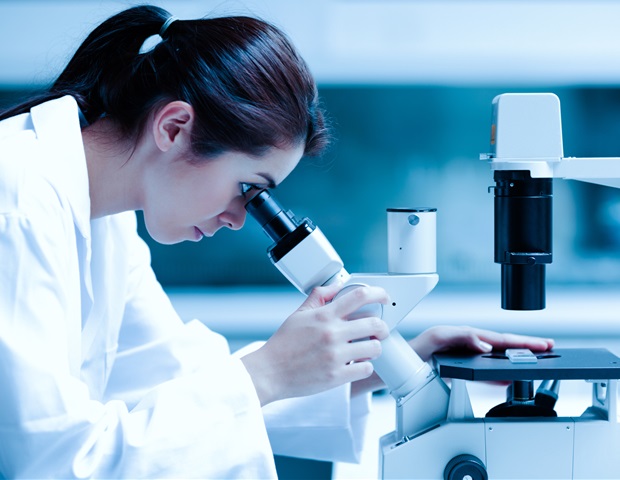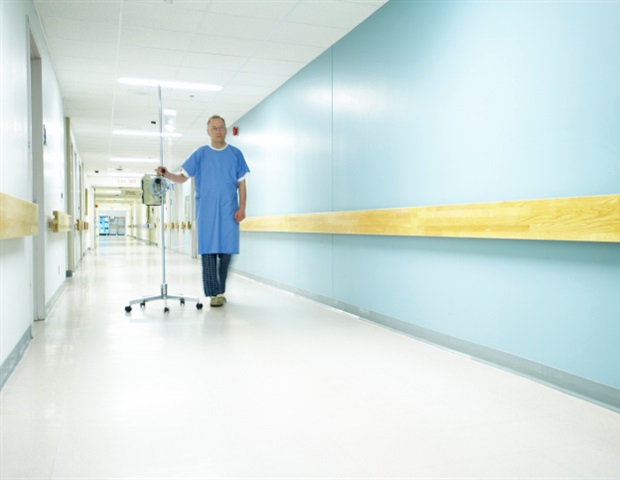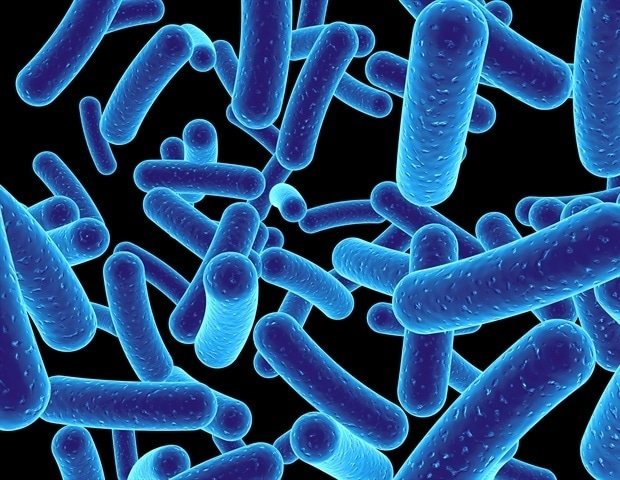A breast lift, also widely known as mastopexy, is a procedure that alters the shape of breasts. Excess skin on breast is removed and breast tissue is adjusted to raise the breasts during a breast lift. If your breasts sag or your nipples point downward, you may want to consider a breast lift. A breast lift may improve your self-esteem and confidence.
A breast lift can be done in accordance with breast augmentation or reduction.
When should you avoid getting a breast lift?
Your breasts change as you age, losing flexibility and firmness. Breast changes can be caused by a variety of factors, including:
Pregnancy
The ligaments that support your breasts may expand during pregnancy as your breasts grow bigger and heavier. Whether or not you breastfeed your baby, this straining may contribute to sagging breasts after pregnancy.
Weight
Breast skin can stretch and lose suppleness when your weight changes.
Gravity
Gravity causes the ligaments in the breasts to stretch and sag over time.
The position of the nipples and the darker region around the nipples can be raised with a breast lift, which can prevent sagging and elevate the position of the nipples and the darker area surrounding the nipples (areolae). During the surgery, the size of the areolae might be reduced to keep them in proportion to the newly shaped breasts.
This delicate procedure requires a surgeon that excels in his field. It is recommended for the best plastic surgeon in Mumbai.
When Should You Consider a Breast Lift
Your breasts have sagged, either because they’ve lost shape and volume or become flatter and longer.
- Your areolas and nipples point downward.
- Your areolas have grown in size in comparison to your breasts.
- Your one breast is lower than the other.
Things to consider
You should delay getting a breast lift if you plan to become pregnant in the near future. During pregnancy, your breasts may stretch and cancel out the lift’s effects.
Breast-feeding is also a factor to consider. Because the nipples aren’t removed from the underlying breast tissue, breastfeeding is typically viable following a breast lift, but some women may have trouble producing enough milk.
While a breast lift can be performed on any size breast, women with smaller sagging breasts are more likely to get long-term benefits. Larger breasts are heavier, making them more inclined to sag again.
Risks
The following are some of the dangers associated with a breast lift:
Scarring
Although scars are permanent, they will soften and fade over time. Bras and swimming suits may generally hide scars after a breast lift. Scars can occasionally become thick and wide due to poor healing.
Sensitivity
While most people’s sensation returns after a few weeks, some people’s loss of feeling may be permanent. The erotic sense is usually unaffected.
Asymmetry or irregularities in the shape and size of the breasts
This may happen due to changes that occur during the healing process. Furthermore, surgery may not be able to address pre-existing asymmetry.
Partially or completely missing nipples or areolae
During a breast lift, the blood flow to the nipple or areola is occasionally stopped. This can cause damage to the breast tissue in the area, resulting in the loss of the nipple or areola in part or whole.
Breast-feeding
While most women can breastfeed following a breast lift, others may have trouble producing enough milk.
Infection
A breast lift, like any major surgery, has the risk of bleeding, infection, and a severe anesthetic reaction. An allergic reaction to the surgical tape or other materials used during or after the treatment is also possible.
Consulting an experienced plastic surgeon like Dr Siddharth Prakash would answer all your queries and prevent all the above risks. He is arguably the best plastic surgeon in Mumbai.







